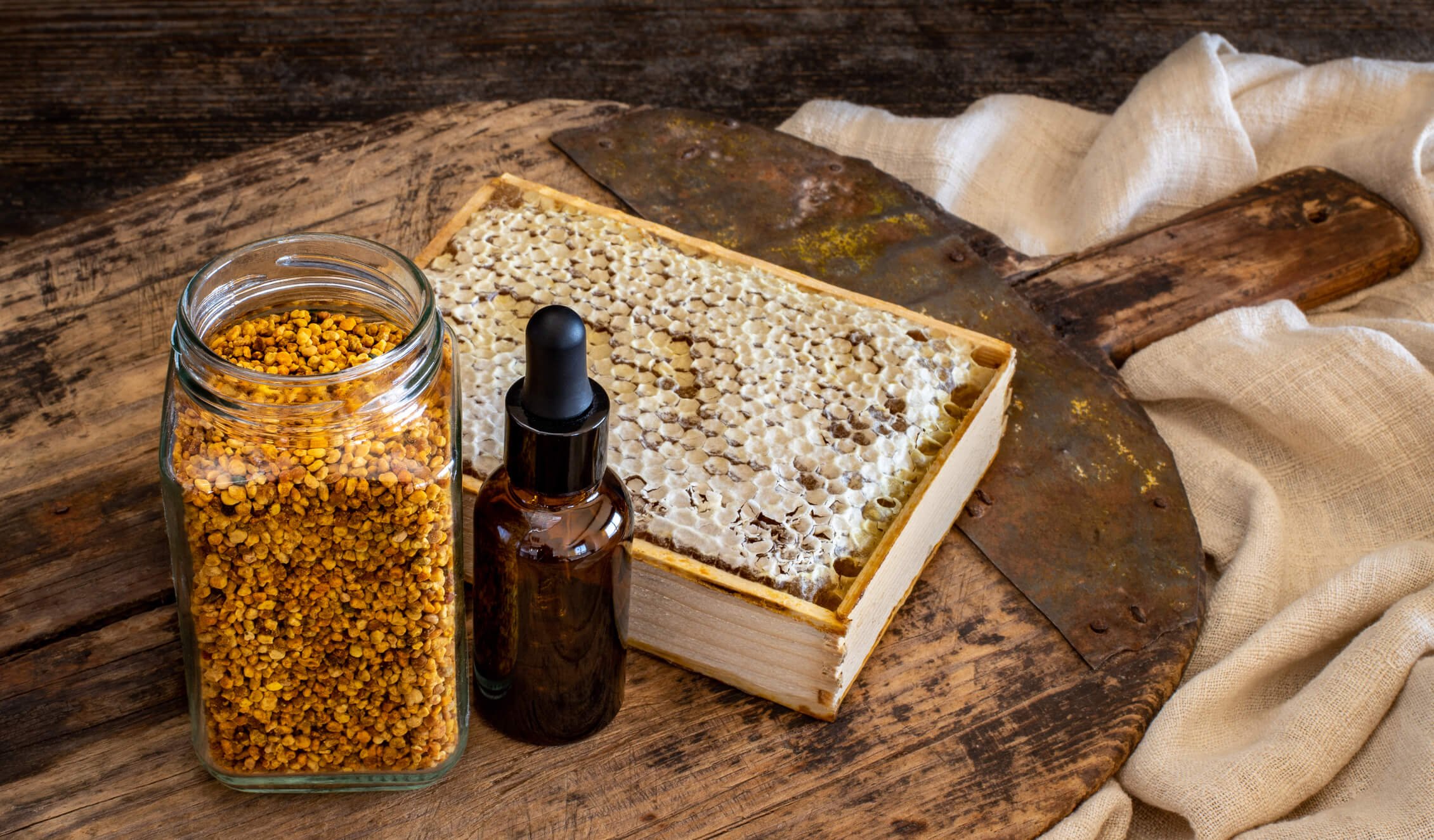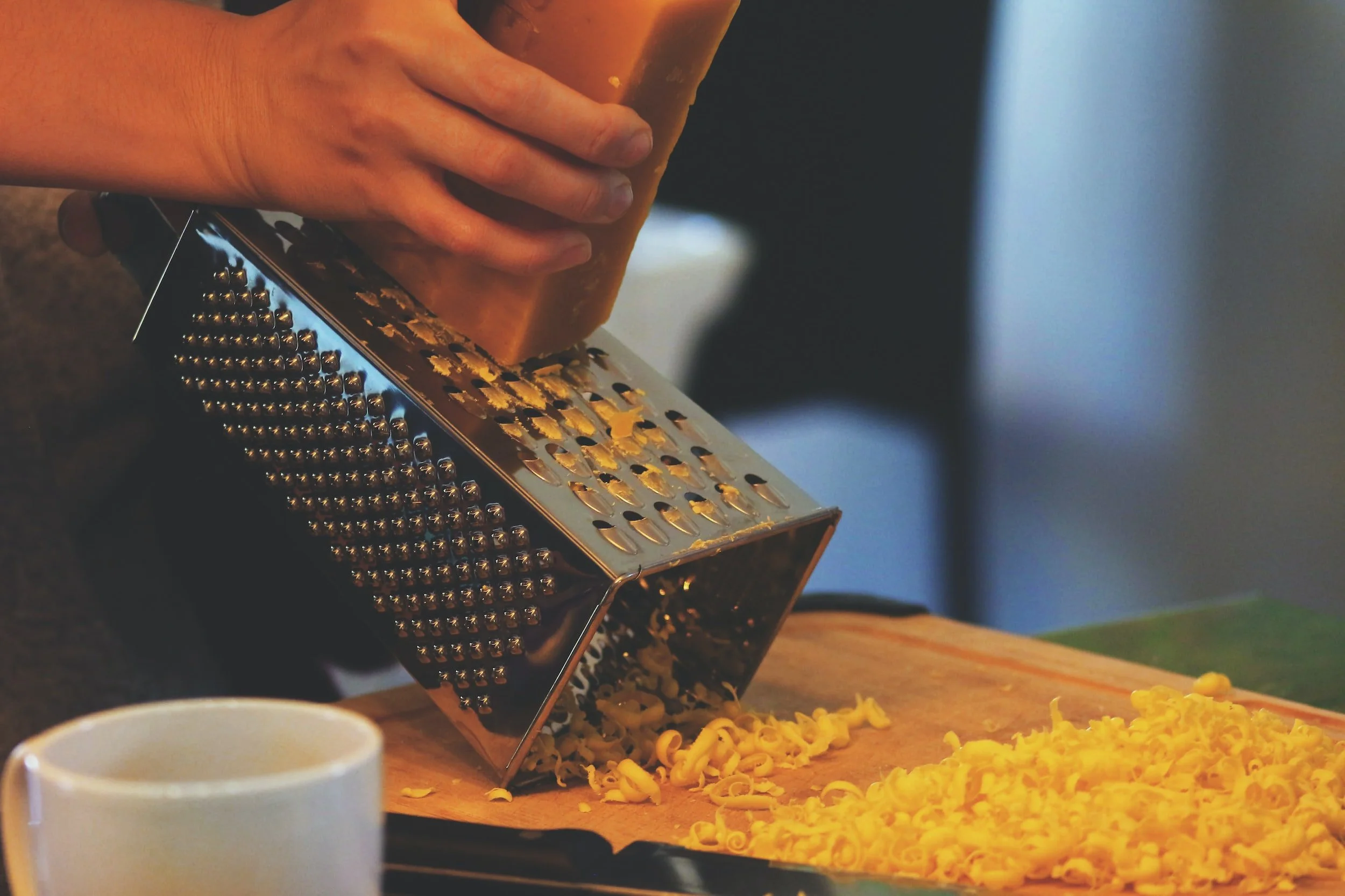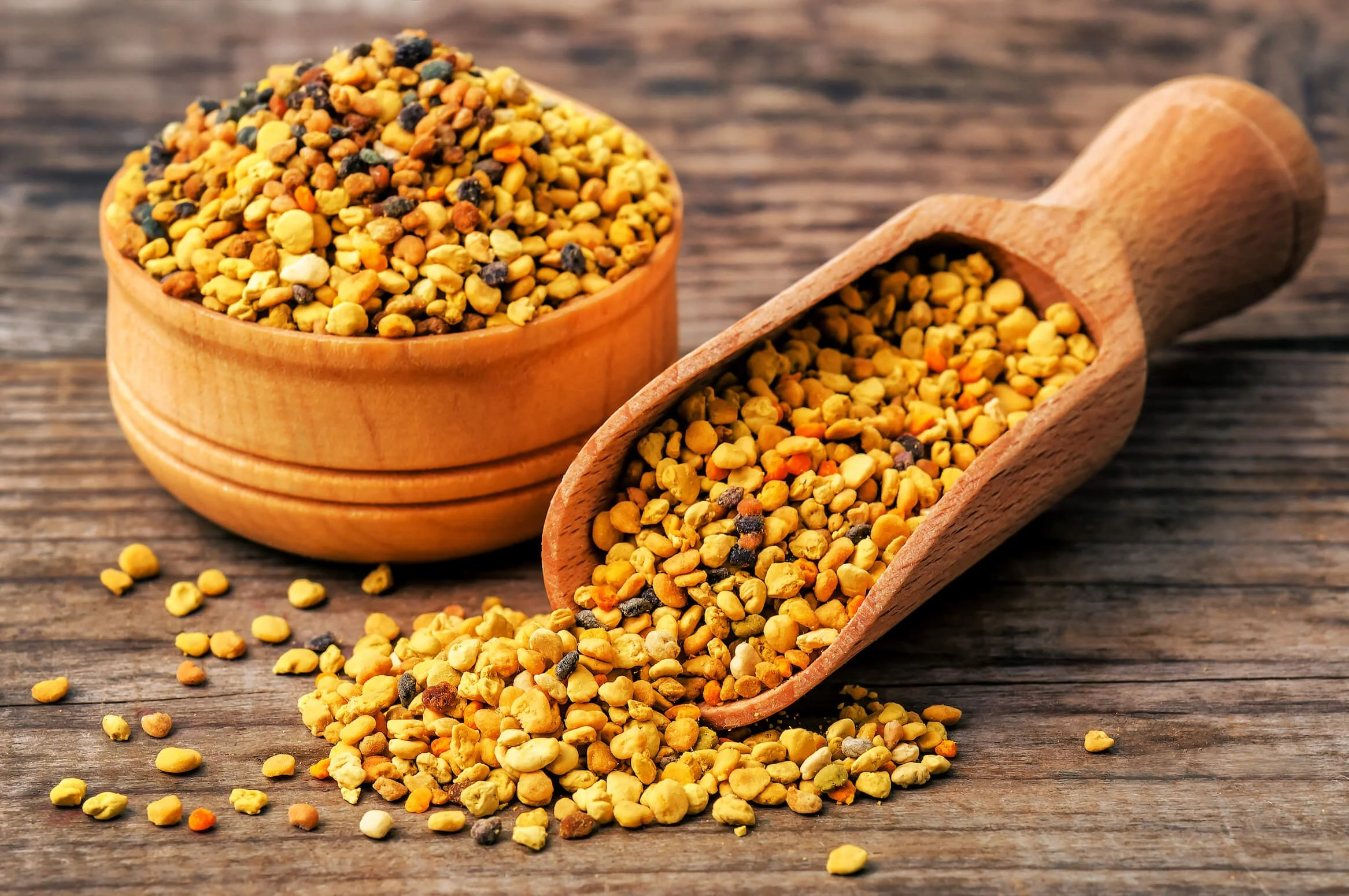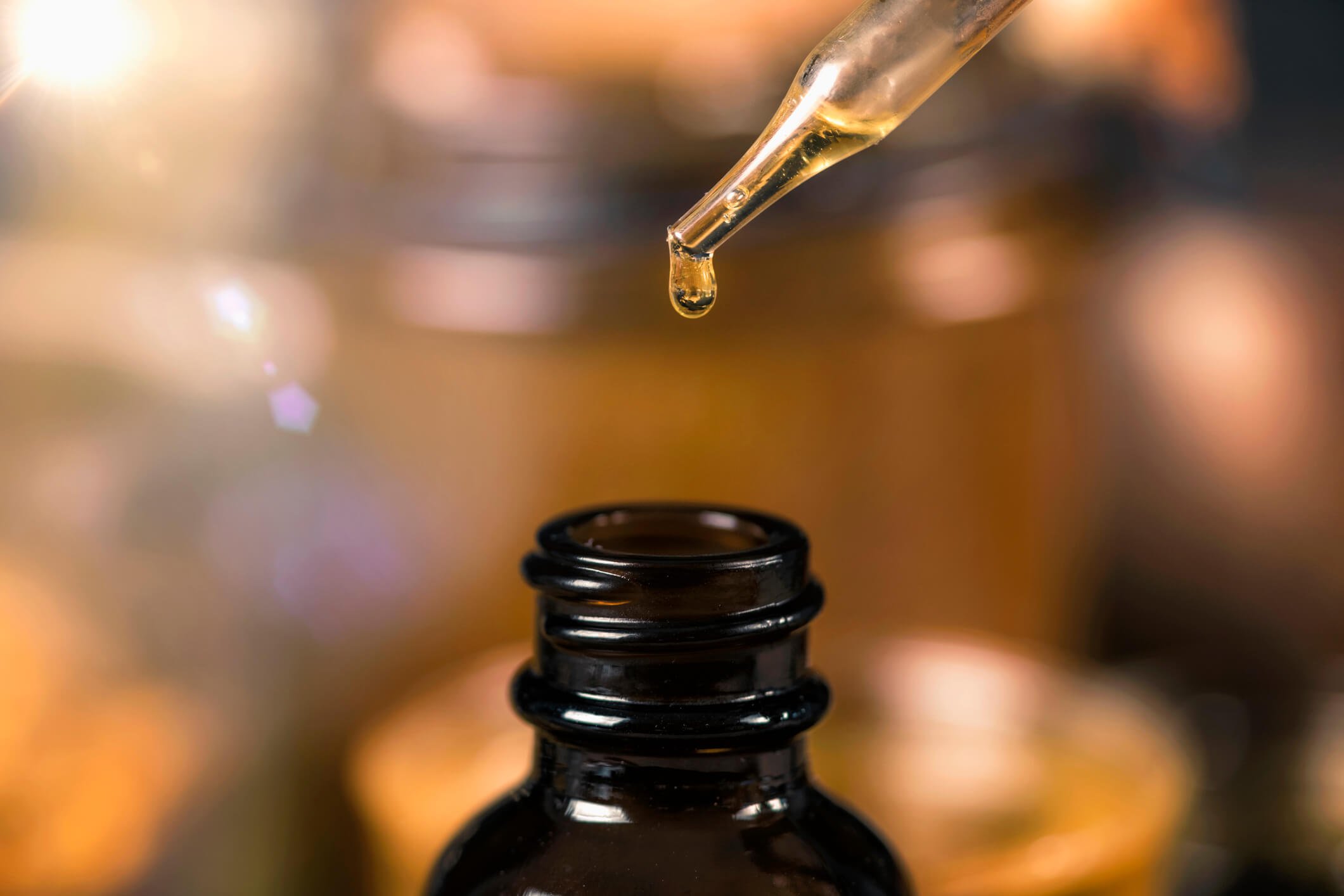Beeswax and Other Bee By-Products
Discover > Beekeeping > Beeswax and Other Bee By-Products
Golden liquid honey (how long does honey last?)! Is it the first thing that usually comes to mind when asked what bee products they could think of? But did you know that bees can produce a variety of different by-products? For generations, these products have been used in various fields of medicine, skincare, cleaning sectors, and more. Men have been enjoying a variety of bee products for a long time. Maybe most don’t even realize that the products they are actually using contain substances that have been produced by these diligent and hardworking yellow and black-striped winged insects. Let us go into more detail on what these bees have been sharing with us for decades.
Beeswax
Wax is produced by young worker bees that are 14 to 18 days old through special wax glands in their abdomens. Wax is needed to build the honeycomb in which they store pollen and honey and raise their brood. They also use wax to cap or seal the honey stores. Wax is secreted as a liquid that forms scales and hardens once in contact with air. It appears as small flakes of wax on the underside of the bee. To stimulate beeswax production, the bees feed themselves with honey and huddle together to increase the temperature of the cluster. Producing one pound of wax requires consuming around 8 to 10 pounds of honey. And around 1 million wax scales make 1kg of wax. Bees can produce around 8 wax flakes in 12 hours.
Beeswax contains over 300 natural compounds and is the purest and most natural of all waxes. It has antibiotic properties and is very soothing to the skin, making it soft. Wax is a relatively stable product that can be transported over long distances without damage; making it very practical and flexible to be used in a variety of ways.
Various uses of beeswax:
Can be used to make quality candles, artificial fruit, and flowers, modeling wax
Can be used in cosmetics, hair and skin care products like creams, polish, lip balms, conditioners, lotions
Can be used in pharmaceutical and perfume industry for ointment, capsule, pill coating and deodorants
Can be used for preparing shoe polish, furniture and floor waxes, leather dressings, paint and varnishes, and waterproofing purposes
Can be used in adhesives, electrical insulating apparatus, chewing gums and inks.
Royal Jelly
Royal jelly is produced and secreted by worker nurse bees that are 6 to 12 days old from their hypopharynx glands. This is a special food that is fed to all bee larvae. After 3 days, the drone and worker larvae are no longer given royal jelly, but the queen larvae are fed with this unique substance all throughout their growth. This type of nutrition stimulates and contributes to the development of the queen’s anatomy including fully formed ovaries for egg laying. Royal jelly is collected from queen cells when the queen larvae are about 4 days old. The larvae are carefully removed from the cup and then the royal jelly is harvested using a special tool. This substance is of sensitive nature and perishable so it needs to be stored in a proper cold storage immediately.
A well managed hive can approximately produce around 500 grams of royal jelly. Sometimes, honey or beeswax is added to royal jelly to help extend its shelf life. Royal jelly is often found as a health supplement. It can come in different forms packed as capsules or powder which can be mixed in smoothies and liquids. It can also be taken orally or fresh, can be smooth on toast, or mixed with cereals, oatmeals, tea or coffee. It can be directly applied to the skin, produced as a gel-like substance, or freeze-dried.
High cholesterol, high blood pressure, asthma, and menopausal symptoms are just a few of the diseases that royal jelly has been used to cure. It is enriched with proteins, amino acids, vitamins, and minerals. According to some research, it possesses antimicrobial, antibacterial, antioxidant, anti-inflammatory, antifungal, and immunomodulating properties. In the hive, it has been used exclusively for the queen bees which can live up to fifty times longer than the worker and drone bees. It has been believed and used in traditional medicine to treat a variety of physical ailments and chronic diseases. It has been noted as a strong antioxidant that promotes tissue growth, muscle and cell regeneration. But no specific scientific study has been done to humans to support these claims. Hence, royal jelly has been widely used for its potential health benefits.
Various uses of Royal Jelly:
Can be used as nutritional supplement to treat a range of chronic diseases and physical ailments
Can be used in a variety of products that improves brain function and enhance overall health and general well-being
Can be used to provide relief for menopausal and premenstrual syndrome symptoms
Can be used to provide antioxidant, anti-inflammatory effects, and reduce oxidative stress
Can be used to aid wound healing, antibacterial effect for skin conditions, and in skin care products to support healthy, younger looking skin
Can be used to potentially lower blood pressure, improve cholesterol levels and reduce risk of heart diseases
Can be used to prevent neurodegenerative diseases like Parkinson’s and Alzheimer’s and improve mental health
Can be used to enhance insulin sensitivity and help in lowering blood sugar levels
Can be used for immune system support and anti-aging
Pollen
Foraging honey bees gather pollen from plants, carrying it in the sacs on their legs and bring it back to the hive to be stored and used as food for the colony. It is extremely rich in protein and is an essential food source for the brood. Bee pollen (how long does bee pollen last?) is actually a mixture of flower pollen, nectar, honey, wax and bee saliva or secretions. Nutrients, amino acids, useful fatty acids, lipids, vitamins, and over 250 active compounds are known to be abundant in it. Studies have shown that bee pollen has antiviral, antibacterial, anti-inflammatory, anti-microbial, and anti-cancer characteristics. As well as the ability to stabilize and strengthen capillaries, stimulate organs, and increase vitality capabilities.
Fresh pollen is collected from the bees through the use of a pollen trap placed at the entrance of the hive. When bees go through the pollen trap, it knocks the pollen off their legs and into a container below. The most ideal way to store bee pollen is by freezing, as this can preserve the largest amount of beneficial substances. Pollen can also be extracted from the honeycomb. Fermented pollen stored in honeycombs is called bee bread.
Bee pollen is often eaten in small amounts as a health supplement. It can be sprinkled on breakfast cereals or mixed with yogurt, oatmeal or smoothies. It is recommended for pollen to be soaked to make it more digestible before ingesting it. Pollen can also be dissolved in juice or in other liquids. Pollen in its dry form can also be ingested but must be chewed on thoroughly in order to be mixed with the saliva then washed down with a liquid. It can also be found in other natural dietary supplements as well as in skin softening products used for baby’s diaper rash or eczema.
Various uses of bee pollen:
Can be used to relieve inflammation or works as an anti-inflammatory
Can be used to work as an antioxidant and antimicrobial to protect from free radicals and chronic diseases
Can be used to improve health and function of the liver and protect it from harmful substances
Can be used to aid in wound healing and prevent infection
Can be used to strengthen and boost immune system or work as a dietary supplement
Can be used to ease symptoms of menopause and reduce stress
Can be used to speed up skin healing, boost blood circulation, kills bacteria and moistens the skin
Can be used to protect cardiovascular health and may lower risk factors of heart diseases
Bee Bread
Bees collect pollen and store them in brood cells as bees do not consume raw pollen. These freshly harvested pollen are mixed with bee digestive fluids, honey, nectar and beneficial microorganisms. The bees seal these cells with honey and leave them to be fermented for months for later consumption to feed the colony. The resulting fermented pollen is called bee bread, also called “Ambrosia” or food of the gods. It looks like small bits of bread stored in the honeycombs. The bee bread is a main source of food for the bee family and plays an important role in the production of other bee products like honey, wax, and royal jelly. It has been observed that when there is no bee bread, the production of these bee products decreases.
Raw bee bread can be consumed daily by both children and adults alike. The usual recommended dose is 1 teaspoon a day. Bee bread should be stored in an airtight jar in a cool, dry and dark place like the refrigerator.
Bee bread contains specific biochemical features and therapeutic properties. It has essential minerals, amino acids, proteins, fatty acids, carbohydrates, and basic vitamins. Its high nutritional value earned its place among the complete food category that promotes long-term resistance of the body.
Various uses of bee bread:
Can be used to improve liver functioning
Can be used to reduce triglycerides and cholesterol in the blood
Can be used to act as a detoxifying agent and stimulates digestion or help treat hepatic and digestive disorders
Can be used to give more energy or increase endurance and reduce stress and fatigue
Can be used to relieve headaches and reduces frequency of migraines
Can be used to stimulate longevity and for anti-aging
Can be used to decrease risk of cancer and helps during chemotherapy
Can be used to prevent and treat anemia
Can be used to provide antibacterial and anti-inflammatory effects
Can be used to increase immunity and help treat immunologic diseases
Can be used to combat poor nutrition and help treat growth disorders in children
Can be used to support and stimulates brain activity, improving concentration and memory capacity and help treat nervous system disorders
Can be used to help lower risk of heart attacks and cardiovascular disorders and helps prevent atherosclerosis
Can be used to help slow down tumor growth and cellular aging as well as stimulating metabolism
Propolis
Bees produce propolis, often known as bee glue, by combining honey with resins and tree saps collected from plants, trees, and other botanical sources. Propolis is used by bees to fill tiny holes in their hive, repair it, and protect it from parasites and predators. They also use it to keep their colony safe from harsh elements like rain and chilly winter drafts. Its antifungal and antibacterial capabilities can also help to protect the colony from harmful pathogens.
Humans have used propolis because of its antimicrobial and antibacterial properties. It is known for its capability to help heal burns. Propolis contains strong medicinal qualities which is why humans consume it as a health supplement in various ways. It is also used in some cosmetics. More than 300 compounds are contained in propolis, most of which are antioxidants and immune system boosters. Among its many benefits are its anti-inflammatory, antibacterial, antiviral and antifungal properties.
Propolis can be consumed in various forms such as powdered, contained in capsules, as raw chunks or tincture. There are even some cases of propolis being added as a toothpaste ingredient. It can also be consumed as liquid spray form, hard candies or lozenges. Propolis can also be contained in alcohol or water-based treatments. It is some kind of a natural antibiotic. There are some pharmaceutical products such as ointments, tablets, injections and solutions that are made with propolis.
Various uses of propolis:
Can be used for its anti-inflammatory, antimicrobial, and antifungal properties that aids in treating cuts, wounds, abscesses and burns.
Can be used in ointments for topical applications to help heal cold sores
Can be used as a complementary therapy to help treat certain cancers
Can be used to inhibit stomach or gastrointestinal infections, vaginal infections and candida infections
Can be used to prevent oral illnesses, treat dental problems and improve overall oral and dental health
Can be used to promote skin health, can treat acne and make skin smoother and healthier
Can be used to control blood sugar levels and may help in diabetes treatment
Bee Venom
Bee venom is generated by female worker bees as a defense mechanism to defend themselves and their colonies. When a worker bee stings, the bee venom is injected. Bee venom is also known as apitoxin. It's a colorless, transparent liquid containing proteins that might produce localized inflammation or a severe allergic response.
Bee venom is composed of various components including enzymes, peptides, sugar, phospholipids, volatile compounds and pheromones. It can cause pain, inflammation, and allergic reactions in humans at high concentrations. Furthermore, it might trigger an immune system overreaction to stress or anaphylactic shock for allergic people, which can lead to death. Low doses of this bee product, on the other hand, have been found to have anti-inflammatory, nociceptive, antibacterial, and antitumoral properties in animal studies.
In medicine, bee venom is used to desensitize individuals who are allergic to it. It has some medicinal properties that are used for therapeutic application and to treat a variety of illnesses. Bee venom may be used to treat rheumatoid arthritis, multiple sclerosis, chronic hives, and skin lesions. Though bee venom benefits are not supported by scientific evidence, it has been used as alternative medicine in apitherapy to treat some illnesses. Such treatments should only be done under medical supervision.
Bee venom is extracted using a specially built machine without harming the bee. It uses a low voltage electrical stimulation which causes the bees to sting and release the venom. The venom is deposited on a glass plate, dries up later on and is then transported to the laboratory to be collected.
Various uses of bee venom:
Can be used to cure or treat rheumatism or reduce arthritis related symptoms
Can be used in cosmetics industry to benefit skin health, added to creams and serums as a natural substitute for Botox
Can be used to decrease cholesterol level and lower blood pressure
Can be used as anti-allergens on antihistamine creams or injections
Can be used to benefit immune health and help reduce symptoms of auto-immnue diseases
Making these bee by-products is a natural instinct of the honey bees. They use these as part of their natural need for their own needs, purpose, and survival. For human beings, we take part in sharing in these products for their various medicinal benefits. These bee products have been used for centuries to promote health and wellness and to help treat various infections and illnesses. We have to remember though that these products are not made with us in mind. As humans partaking in these by-products, our role is more than just taking care of these little creatures that work tirelessly to produce them. It is building a connection with the bees and nature. Taking a deeper understanding of all the elements and factors surrounding your beehive to make them most productive. Letting the bees reproduce and thrive will ensure that the beehives will continue to bring us amazing benefits for many years to come.
Don’t forget to check out our all in one guide for homesteading, farming and ranching in Texas.








